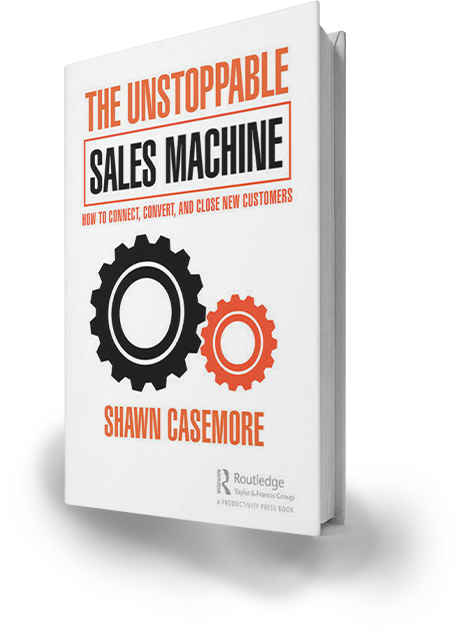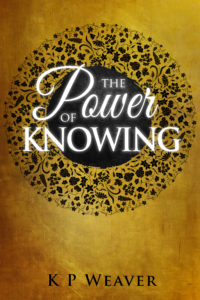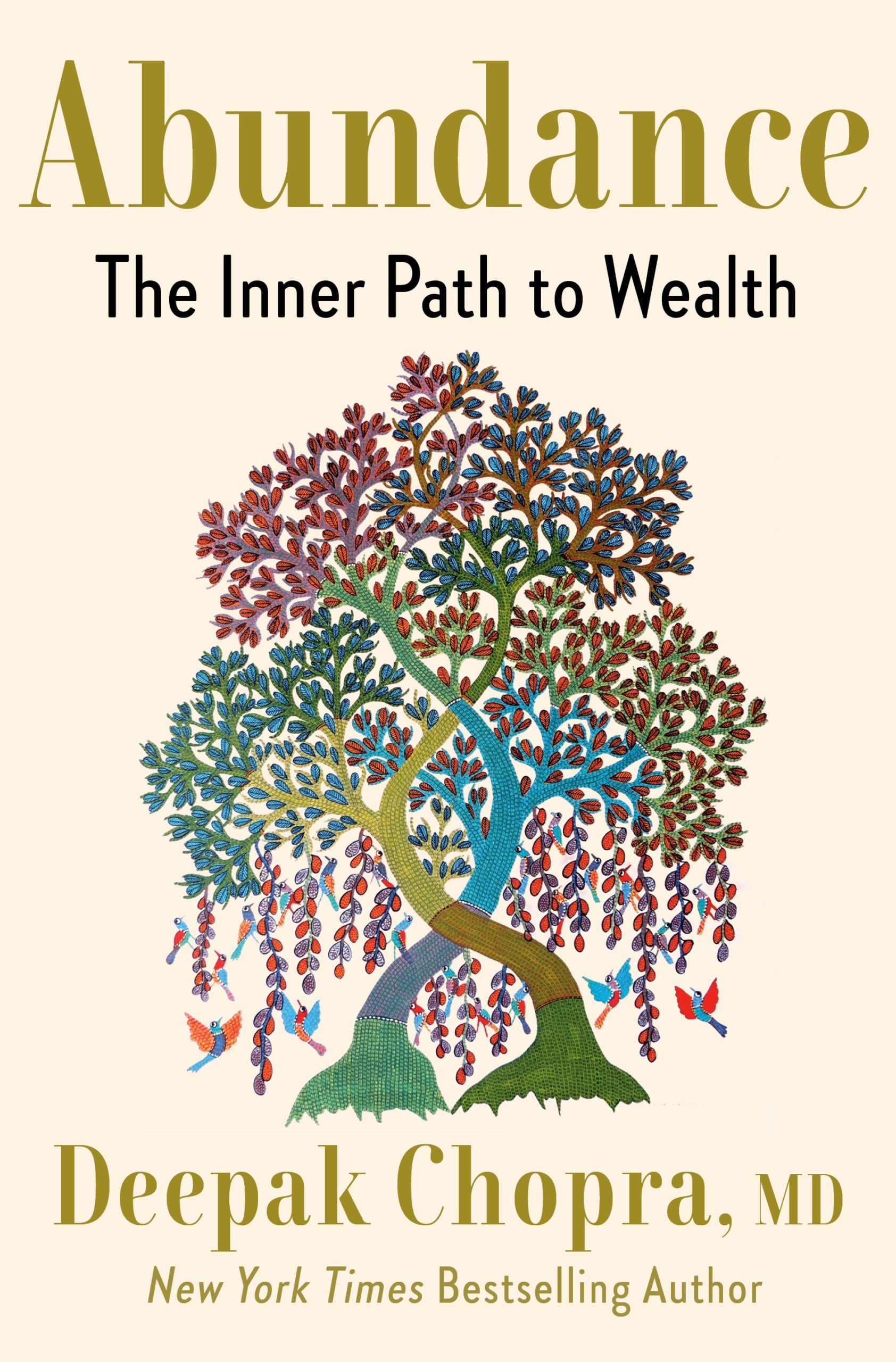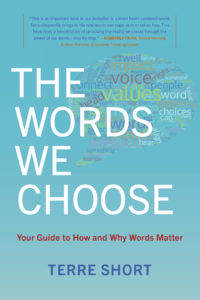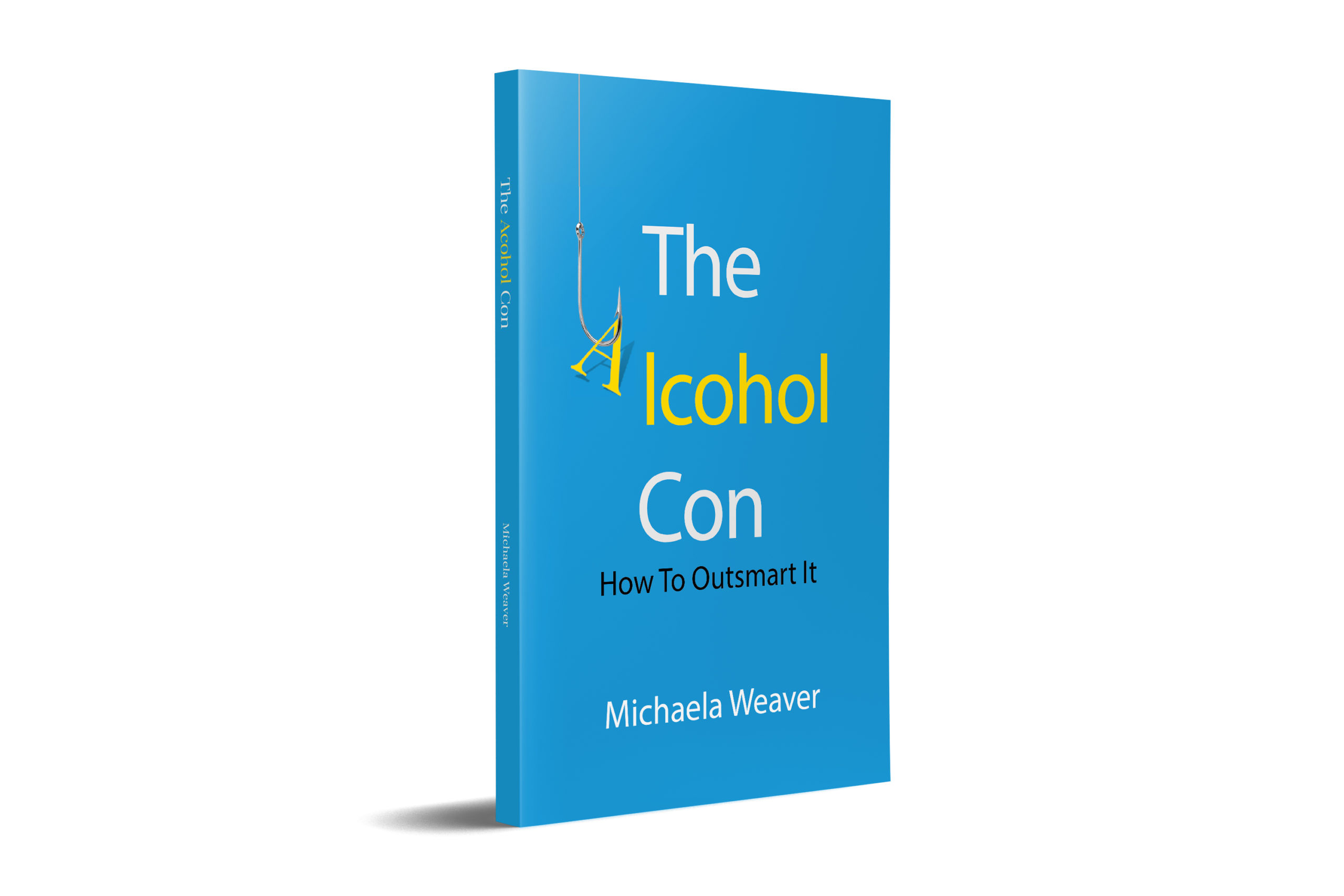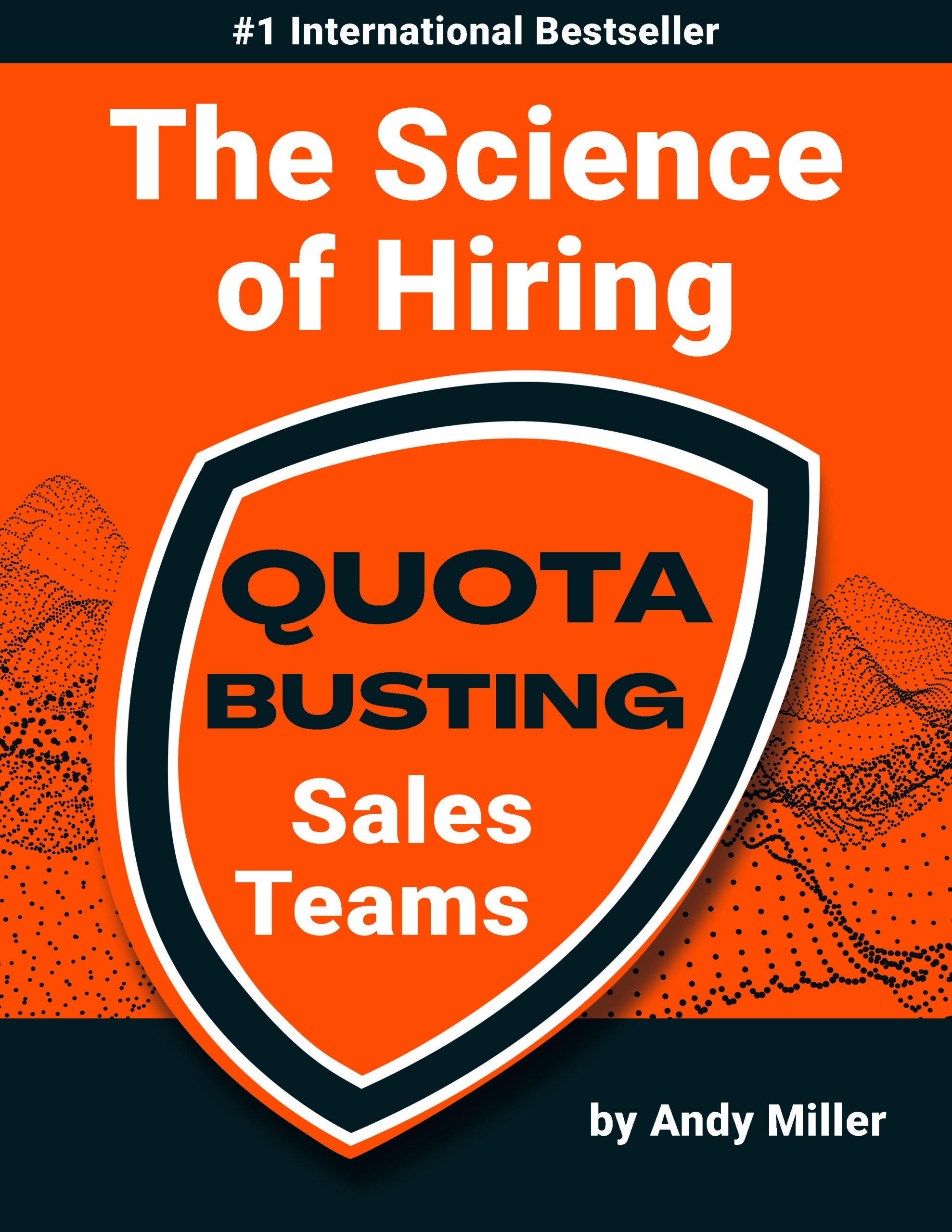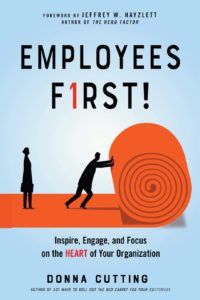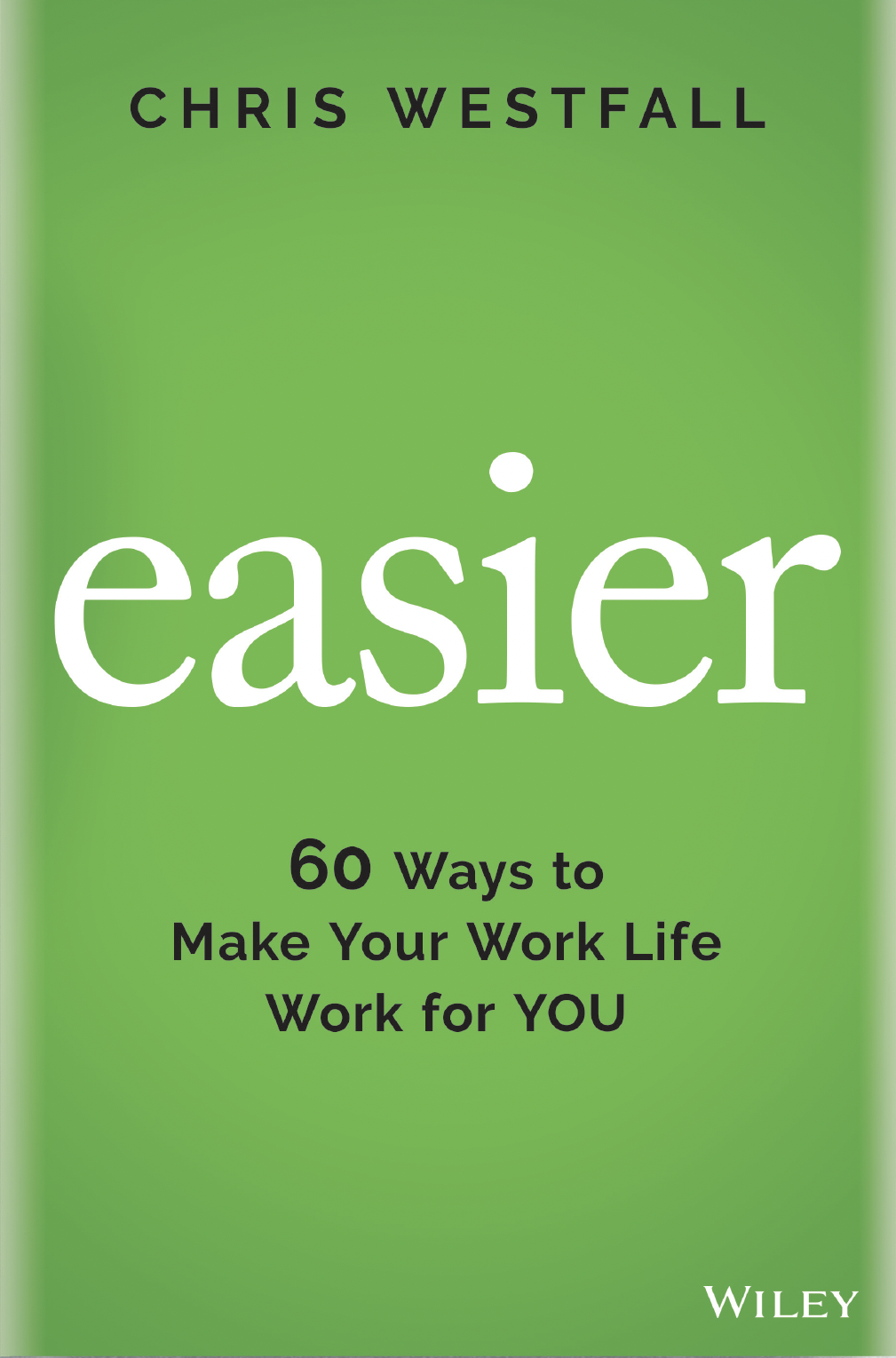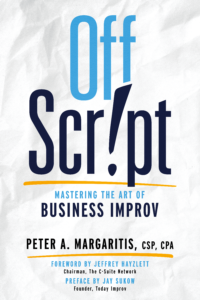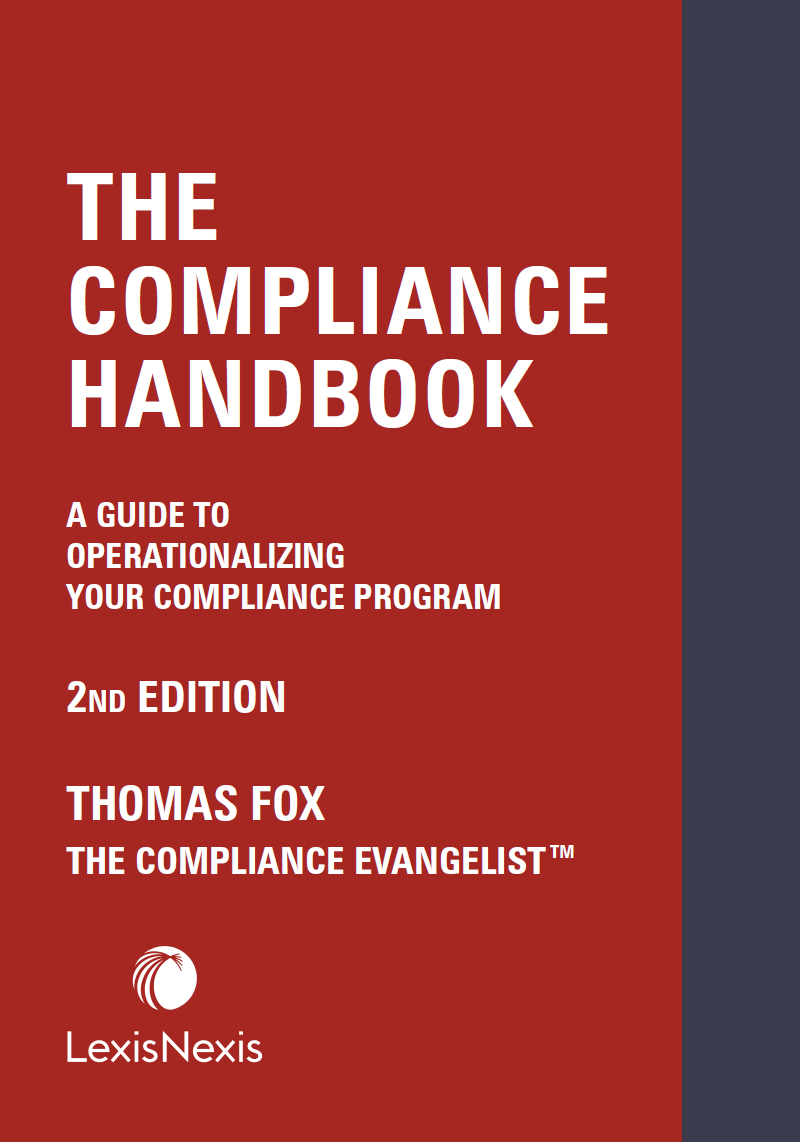Elevate: The Three Disciplines of Advanced Strategic Thinking
Rich Horwath
The #1 cause of business failure is bad strategy and only 23% of executives are strong at strategic thinking. While strategies become obsolete, strategic thinking continues to be rated the most valued skill in leaders today by publications including the Wall Street Journal and Chief Executive Magazine. New York Times bestselling author on strategy Rich Horwath provides leaders with a simple three-step framework to become elite strategic leaders and transform strategy and innovation into competitive advantage.
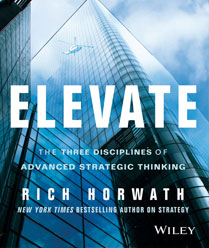

The CEO of a well-known multi-billion dollar company recently announced their three key strategies as follows:
- Strengthen core business
- Execute new initiatives
- Reduce costs
Yikes! As you may have guessed, their three strategies aren’t really strategies at all. They are goals. I witnessed this same phenomenon a few weeks ago while leading a strategy workshop for a group of 20 CEOs from mid-sized organizations. Since it was such a senior-level group, I didn’t include a basic exercise on business planning terms for fear of insulting their intelligence. Turns out, I could have insulted away.
Halfway through the four-hour program, one of the CEOs asked, “Can you explain the difference between a goal and a strategy?” I looked around the room and could see more than half of the CEOs nodding in agreement with the question. Even at the highest levels of organizations, there tends to be confusion on the precise distinction between goals, objectives, strategies and tactics. And in the cases where leaders do understand the differences, they may be challenged with clearly explaining those differences to their managers.
To help executives at all levels with these terms, I developed the G.O.S.T. framework to highlight their respective definitions. Goals and objectives are “what” you are trying to achieve while strategy and tactics are “how” you are going to achieve them. A goal is what “generally” you’re trying to achieve, such as “#1 market share.” The objective is what “specifically” you’re trying to achieve, something like “attain a 43% market share for our product by the end of the third quarter.”
Strategy is how “generally” you’re going to achieve the goals and objectives, maybe something along the lines of “leverage relationships in top 5 accounts regionally with thought-leader experiential learning.” The accompanying tactics, or how “specifically” you’re going to achieve the goals could include a two-day leadership summit in Tibet and online access to proprietary leadership learning modules.
Take a close look at your organization’s strategy. Is it truly a strategy? Or is it a goal masquerading as a strategy? The subtle distinction can be the difference between market leadership and a million-dollar oops.

Rich Horwath is the CEO of the Strategic Thinking Institute, where he has helped more than 50,000 leaders around the world develop their strategic thinking capabilities in order to grow profits and competitive advantage. He is a New York Times and Wall Street Journal bestselling author on strategy and has been described by Chief Executive Magazine as “the world’s foremost expert on strategic thinking.” Rich and his work have been featured on ABC, NBC, CNN, CNBC, CBS and FOX TV and he has helped companies including Bank of America, Intel, Dell, FedEx, Moen and Lockheed Martin develop their leaders’ strategic capabilities.





